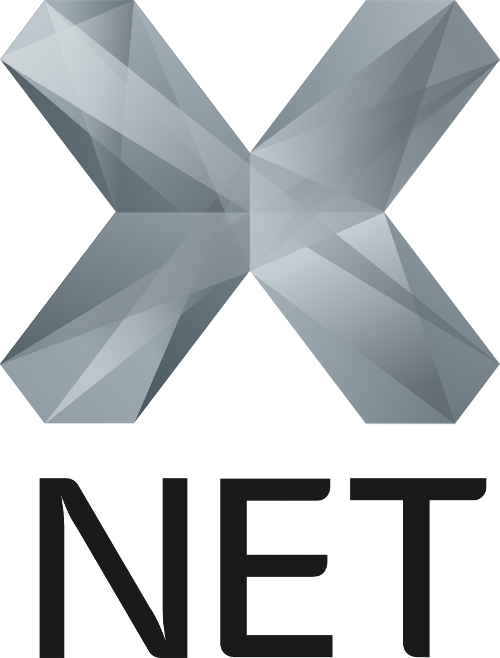FAQs and Terminology
Terminology
- "job": the process of writing data to one single data carrier is called "job"
- "ticket/order": a ticket is made up of a certain number of jobs to be defined; the number of jobs are defined when creating a new ticket.
- "module": 19" appliance consisting of 10 slots for flash media devices (e.g. USB, SSD). On each module the Drivecopy Module Service is running.
- "master": refers to the PC/Server on which the Drivecopy Master Service runs (incl. database, webserver, webinterface). The data for tickets is copied to this server during the preparation process. This data is distributed to the modules afterwards. The master can also run parallel on one module. This means, that e.g. the Master and the Module Service would then run simultaneously on one module.
FAQs X5 Copysystem
Q: What are the advantages of the X5 copying system compared to conventional data carrier copying systems?
A: The X5 Copy System can be integrated into existing environments / workflows. Besides asynchronous recording and adaptability (software plugins, different media types mixed (USB, SD), …) make it much more flexible compared to conventional systems.
Q: How many modules can I use together as a standalone solution without using an additional “Performance Upgrade Server”?
A: Up to 3 modules can be used simultaneously without using an additional “Performance Upgrade Server”
Q: What factors affect the speed of the copying process?
A: The copy speed is mainly influenced by the target medium but also the writing mode (image or individual files) and of course whether “verification” is activated or not
Q: How can images be stored?
A: The image can either be stored on the X5 itself or the X5 can get it from one or more sources (such as Samba, FTP, NFS).
Q: Can both fixed and variable content be copied to the storage media and how does it work?
A: Several sources can be defined within the ticket (order), from which the destination data can then be compiled. For example from source 1 (Windows release) the folder “abc” and from source 2 (FTP server) the file “certificate.pdf”. And the file should be in the subfolder “xyz” on the target media.
Q: What services are included in the "Rapid Exchange" service contract.
A: Rapid Exchange in 48h (EU), All parts excl. wear parts like SSD Slots. The service fee is calculated from 12% of the hardware purchase costs. Optionally, a service contract for software support can also be concluded which is calculated on demand.
Q: Can the system also be obtained without a rack?
A: Basically, the modules can also be stacked on any surface. However, we do not recommend this, since in this case the cables and connections on the back of the modules are unprotected and this does not look very appealing either.
Q: Can the X5 system be used without an integrated monitor?
A: Yes, the system can also be controlled via your own monitor, however, the user has to be logged in for this purpose. Moreover, if the X5 system is further away from your work place, we recommend using an additional monitor directly situated next to the copying system, as this will make work considerably easier.
Q: How can large amounts of data be handled efficiently?
A: Data is processed on the masterserver. If the X5 system consists of more than one module, one of the integarted servers can be defined as masterserver, depending on the complexity of the data. Too improve perfomance a standalone masterserver can be used.
Q: How many modules can be used simultaneously without using an additional performance server?
A: Basically, three modules can be used simultaneously without the need for an additional performance server. However, if more than three modules are in use the workload is too high for the master to be on one of those three modules and an additional performance server is required.
Q: What is a master server used for?
A: The orders are always created on the master and the web interface also runs on the master server. All of the data is also copied and processed on the master server.
Q: When using e.g. two table modules, how can data and orders be organized?
A: When using two modules you can either use each module individually or control them together via a master server. Using the modules individually means, that orders have to be defined separately for each module and that each module is displayed on a separate webinterface with the 10 ports of the respective module. The advantage of this variant is that if one module fails, this does not affect the copy process of the second module. Using the module combined means, that e.g. two modules use one of the module servers as masterserver. In doing so, the webinterface shows 20 ports of these two modules.
Q: We are using the X5 USB 3.0 standalone copysystem (basic version). Can it be upgrades to silent version at a later time?
A: Yes, the basic version can be upgraded to silent version. For further information please contact your retailer.
Inhaltspezifische Aktionen

